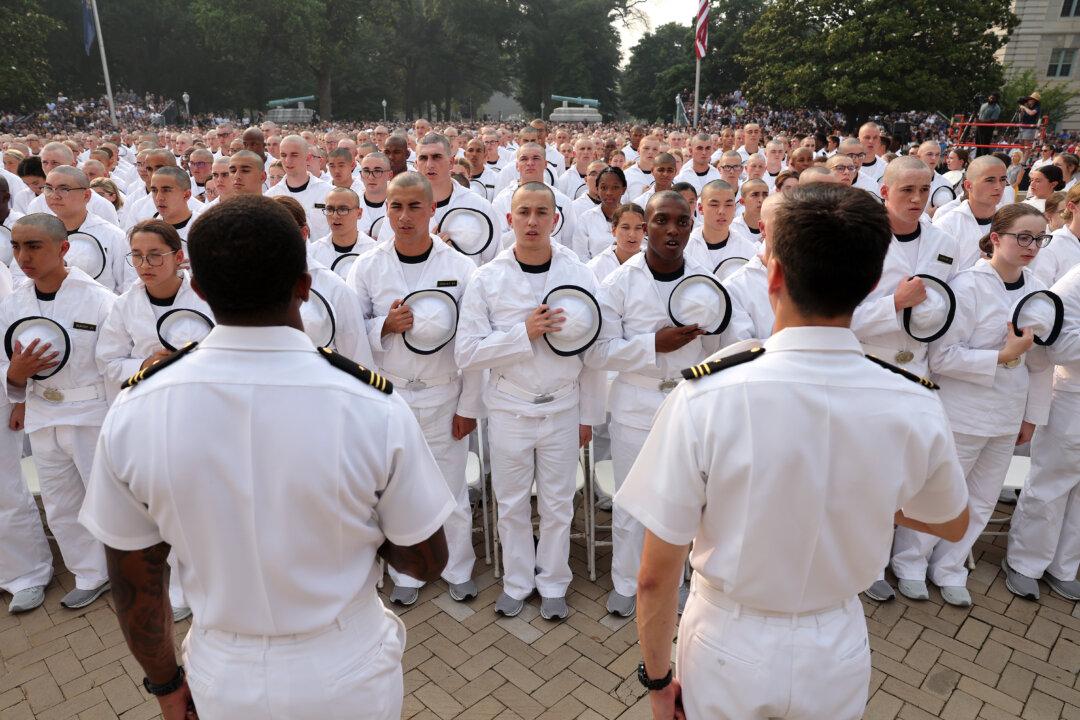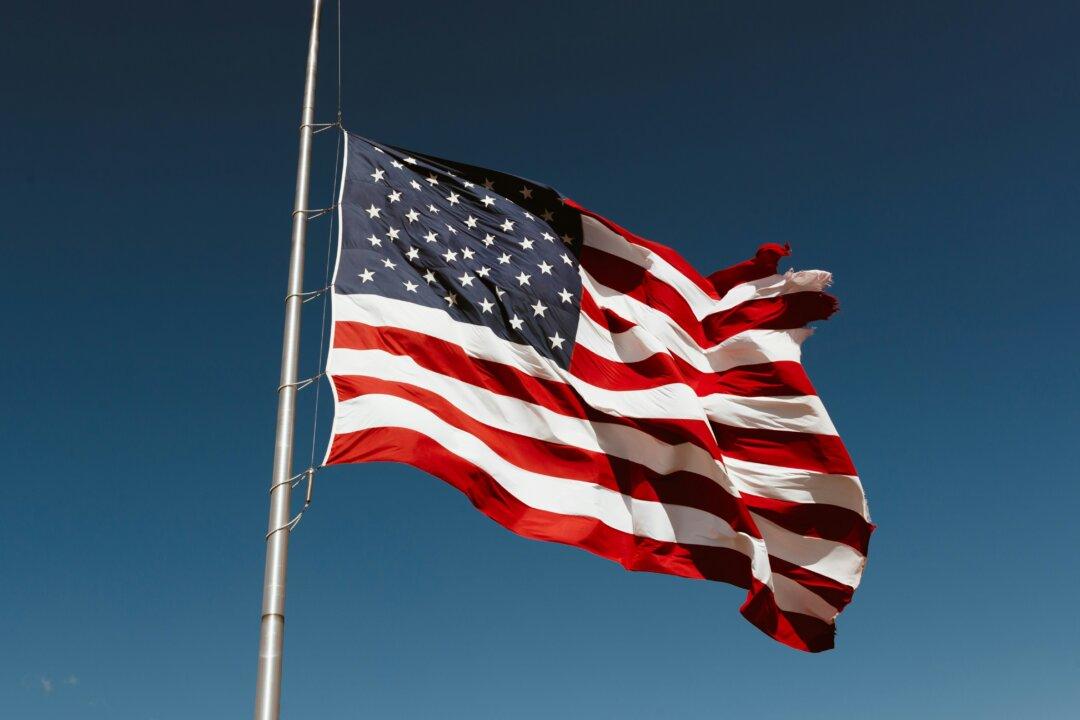Applicants who self-identified as a member of a race that the Academy wished to privilege—at the time I was on the admissions board it was African American, Hispanic, and Native American—were briefed separately to the committee not by a white member but by a minority Navy lieutenant. Briefings (1 minute, 40 seconds per applicant, no more) ran through a number of factors quite quickly and offered a recommendation that we had been told was appropriate: “qualified” for the U.S. Naval Academy (USNA) if grades A/B for white applicants (but not minorities, who needed only C grades), 600 scores in each part of the SAT for white applicants (but about 550 for minorities who come to USNA without remediation), and Whole Person Multiple (points given for grades/tests, school leadership positions, and sports) of at least 55,000 for whites, no bottom for minorities.

Incoming plebes (freshmen) take part in their Oath of Office Ceremony during Induction Day at the U.S. Naval Academy in Annapolis, Md., on June 29, 2023. Kevin Dietsch/Getty Images
This is an excerpt from Bruce Fleming’s new book, “Saving Our Service Academies” (Post Hill Press).

